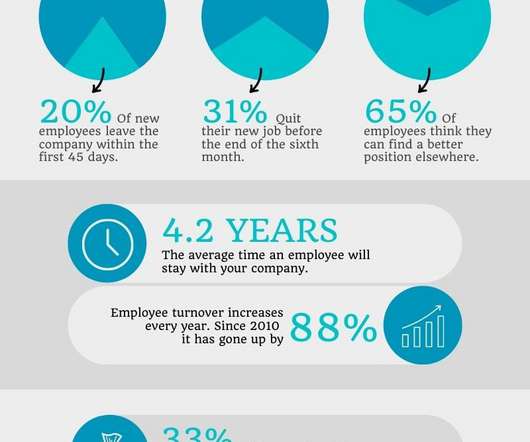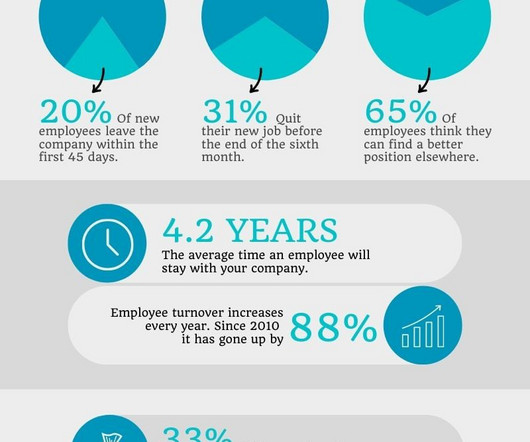Green Pearls of Wisdom From the World’s Most Sustainable Countries
Recruiting Blogs
APRIL 6, 2022
To start with, and to stay on track, Britain has to halve its emissions by 2030. From protecting the planet to helping disadvantaged people, you will be promoting valuable activities to benefit the environment and vulnerable groups. Compensate for your emissions. Sometimes, using energy is simply inescapable.
















Let's personalize your content